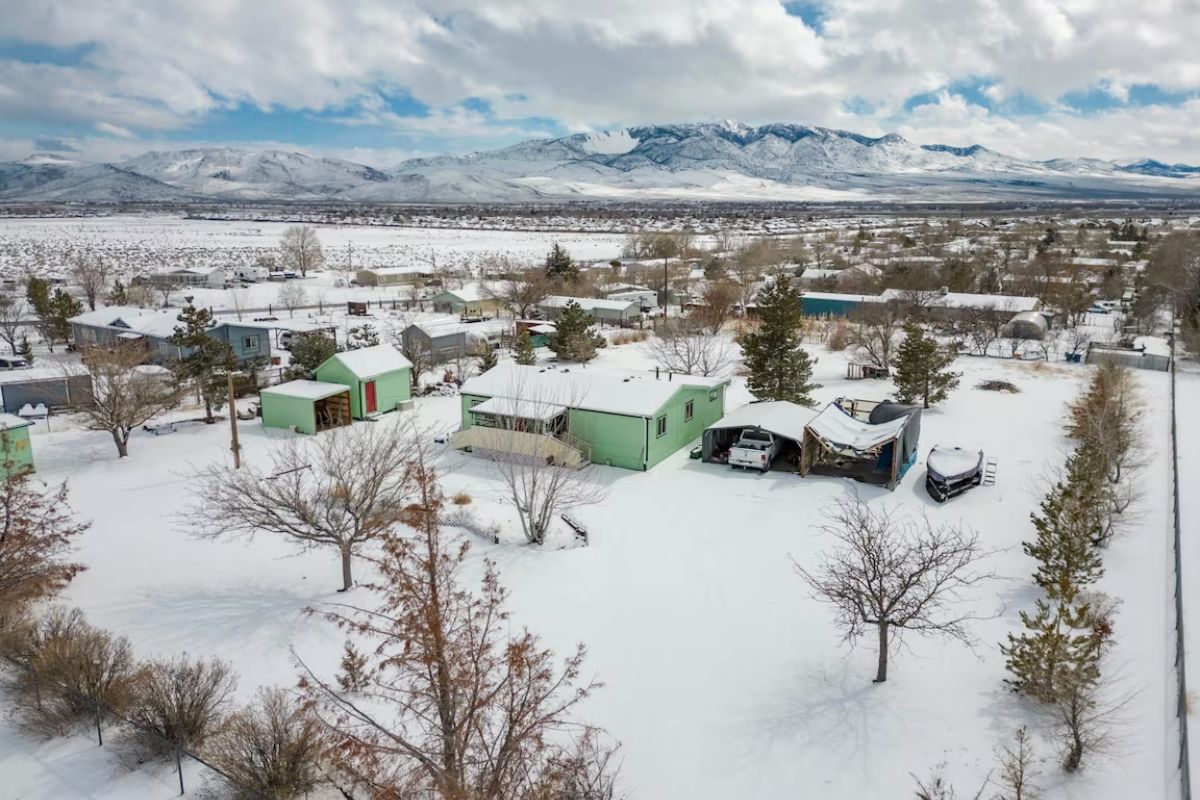Determining the first time homebuyer down payment is always one of the first questions that arise on the journey to purchasing a home. Most first time homebuyers begin their journey with a plan.
They figure out where they want to live and how much they are prepared to spend. However, it is common for new homebuyers to misunderstand how much they should save for their down payment especially if they have been renting.
The truth is that there are many different mortgages that first time homebuyers can use to finance their home. Each of these loans requires a unique amount regarding the down payment.
Of course, finding the best loan is all about determining what works best for your finances and your lifestyle. This is something you will discuss with your potential lenders, but it helps to have a general knowledge of how much to save and how to save it.
How Much Is A First Time Homebuyer Down Payment?
The most common misconception regarding down payments is that a first time homebuyer needs to set aside 20% of their total mortgage value for their down payment. However, today’s buyers are putting down much less.
In fact, the median down payment for all homebuyers in 2021 was just 12%. And many first time homebuyers put down between 6-10%.
The four primary factors that contribute to the amount of money you should expect to save for your down payment include:
- Loan Type
- Credit Score
- Debt-to-income ratio
- The price of your potential home
Those with higher credit scores can often put down much less – these individuals typically have credit scores higher than 640. While conventional and FHA loans require at least 3% to 3.5% down, VA and USDA loans can require as little as 0% down.
Of course, your budget also plays a major role in determining how much to save for your down payment. For example, if you plan to purchase a $350,000 home with an FHA loan, you can expect to put down at least $12,250.
$0 Down Loans
There are two loan types that don’t require any money down, USDA and VA loans. These loans provide 100% financing for your home. However, they are specialized, and you have to fit the criteria required to apply.
USDA Loans
USDA loans are provided by the U.S. Department of Agriculture. This loan is most suited for those looking for homes in rural or suburban areas. USDA loans are best suited for low- and moderate-income homebuyers. To qualify for this type of loan, your household income has to be below the average for your region.
VA Loans
VA loans are provided by the U.S. Department of Veteran Affairs and are reserved for members of the military, their spouses, and veterans. Those who have spent at least six years in the National Guard or Army Reserves can apply for this type of loan, as well. There are also a few other key benefits to this type of loan, including:
- Flexible credit score minimums
- Below market interest rates
- Forgiveness for bankruptcy and derogatory credit marks
- No required mortgage insurance
Loans That Require Down Payments
A first time homebuyer down payment for these loan types typically falls between 3% and 10%. However, your credit score and other financial information can either increase or decrease the amount you are required to put down.
FHA Loans
Requirements of FHA loans are set by the Federal Housing Administration – which also insures the loan. The minimum credit score for an FHA loan is 500, but with this credit score, buyers can expect a 10% down payment. Those with a score of 580 or higher can lower their down payment to just 3.5%.
Conventional
Conventional mortgages require higher credit scores (620 minimum). However, the down payment for this loan type can be as little as 5% or as high as 20%. One advantage of conventional loans is they have a higher loan limit.
Piggyback Loan
Piggyback loans do not require mortgage insurance, but they do require at least 10% down. This loan is a good fit for those with above-average credit scores. This loan is a combination of two separate loans and allows for lower payments.
How To Save For Your Down Payment
There are many ways to save for a first time homebuyer down payment. Some of the most common include:
- Short to long-term budgeting
- Increasing income through additional work
- Cutting unnecessary spending
- Decrease debt – this improves your credit score and debt-to-income ratio
The Bottom Line On Down Payments
The most important thing you need to do to save for a first time homebuyer down payment is to make a plan.
Look at your finances, determine how much you’d like to spend on your home, and figure out which steps you need to take to ensure you can save enough to cover the down payment on your first home.
Consider including your realtor or a financial planner while planning, as they can use their expertise to guide you through the process. You can call me directly at (775) 309-7979 if you’d like to start your home search and would like to work with me.







Leave A Comment